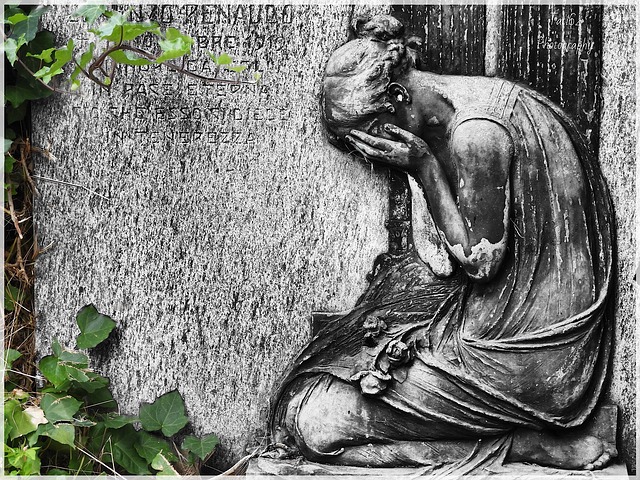Unveiling the Icon: Exploring the Cultural Significance of the Monumental Statue in Fine Arts
When we stand before a monumental statue, there’s a weight that transcends its physical mass, a profound cultural resonance that pushes us to reflect on the wider narratives it represents. These imposing works of art are not merely visual spectacles; they are silent yet powerful storytellers that capture the essence of human experience and identity, providing a tangible connection to our cultural heritage.
The realm of Fine Arts is a vast domain where creativity meets history, and monumental statues often emerge as the centerpiece of this intersection. Sculpted from stone, metal, or other materials, these statues have become emblematic of cultural milestones, societal values, and historical tales. They stand as markers of significant events or figures, embodying collective memories and experiences that shape our understanding of identity.
Consider the iconic statue of David by Michelangelo, which not only epitomizes the Renaissance’s artistic achievements but also embodies the spirit of humanism. The physical form is a celebration of human anatomy and beauty, while its larger-than-life presence serves as a symbol of strength and defiance. Each time we gaze upon such monumental statues, we are invited to engage with the artistic mastery and the cultural contexts they enclose.
The cultural significance of these sculptures extends beyond mere artistry; they evoke emotions and inspire dialogue. In many societies, monumental statues have played vital roles in public spaces, marking civic pride and national identity. Statues like the Colossus of Rhodes or the statue of Liberty stand as testaments to the aspirations and dreams of civilizations. They resonate with visitors, inviting them to ponder the ideals that these monuments strive to encapsulate.
Art, particularly in the form of monumental statues, allows us to express our values and beliefs. In a rapidly changing world, these sculptures remind us of our roots and the stories that shaped our cultures. As they weather the changes of time, they continue to challenge us, urging contemporary society to reflect on its path. Statues dedicated to civil rights leaders, for example, evoke a sense of pride and challenge us to continue advocating for justice and equality.
Moreover, monumental statues evoke a shared sense of space. When people gather in front of these iconic works, they unite over a common understanding, be it admiration, reverence, or critique. They become meeting points, allowing individuals from varied backgrounds to connect over shared histories and narratives. In this communal space, art becomes a lens through which we can explore our collective identity and values.
Ultimately, monumental statues are far more than artistic endeavors; they are intricate narratives that traverse time and culture. They remind us that art is alive, connected to the human experience, and that it embodies the complexities of culture. As we continue to explore the art of sculpting monumental statues, we delve deeper into our own identities and the overarching cultural tapestries that connect us all.
Next time you encounter a monumental statue, take a moment to reflect not just on the craftsmanship but also on the broader cultural dialogue it instigates—inviting us to engage with our history, our values, and our shared future as a society.



